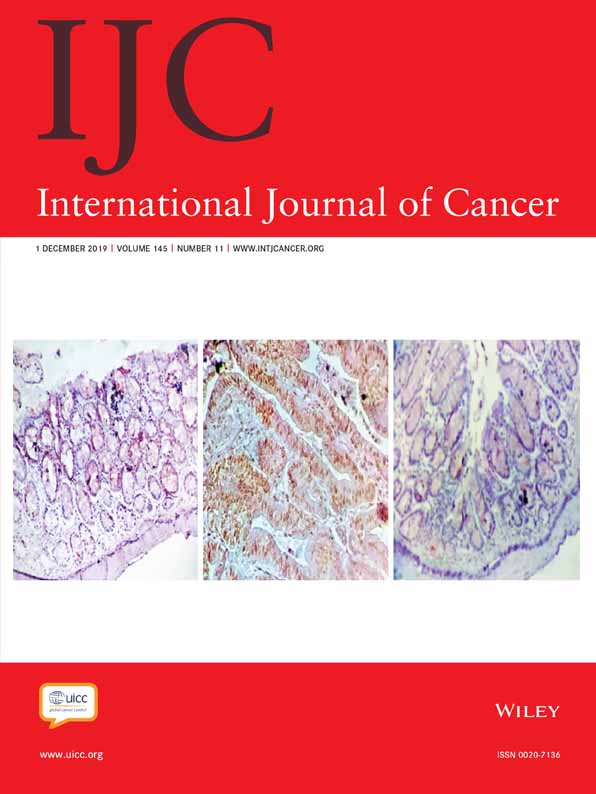Identification of prognostic molecular biomarkers in 157 HPV-positive and HPV-negative squamous cell carcinomas of the oropharynx
Abstract
The incidence of oropharyngeal squamous cell carcinoma (OPSCC) has been increasing due to high-risk HPV infection. We explored the significance of genetic alterations in HPV-positive (HPV-P) and HPV-negative (HPV-N) OPSCC patients on long-term outcome. A total of 157 cases of primary resected OPSCC diagnosed from 1978 to 2005 were subjected to a targeted exome sequencing by MSK-IMPACT™ interrogating somatic mutations in 410 cancer-related genes. Mutational profiles were correlated to recurrence and survival outcomes. OPSCC included 47% HPV-positive (HPV-P) and 53% HPV-negative (HPV-N) tumors arising in the base of tongue (BOT, 43%), palatine tonsil (30%) and soft palate (SP, 27%). HPV negative status, SP location and smoking were associated with poorer outcome. Poorer overall survival was found in NOTCH1-mutated HPV-P (p = 0.039), and in SOX2-amplified HPV-N cases (p = 0.036). Chromosomal arm gains in 8p and 8q, and 16q loss were more common in HPV-P (p = 0.005, 0.04 and 0.01, respectively), while 9p, 18q and 21q losses were more frequent in HPV-N OPSCC (p = 0.006, 0.002 and 0.01, respectively). Novel, potentially functional JAK3, MYC and EP300 intragenic deletions were found in HPV-P, and FOXP1, CDKN2A, CCND1 and RUNX1 intragenic deletions and one FGFR3 inversion were detected in HPV-N tumors. HPV-N/TP53-wild-type OPSCC harbored recurrent mutations in NOTCH1/3/4 (39%), PIK3CA, FAT1 and TERT. In comparison to their oral and laryngeal counterparts, HPV-N OPSCC were genetically distinct. In OPSCC, HPV status, tumor subsite and smoking determine outcome. Risk-stratification can be further refined based on the mutational signature, namely, NOTCH1 and SOX2 mutation status.
Abstract
What's new?
For oropharyngeal squamous cell carcinoma (OPSCC), HPV status and mutational profile may affect prognosis. In this study, the authors found that certain mutations, including NOTCH1 mutations in HPV-positive OPSCC and SOX2 amplification in HPV-negative OPSCC, are associated with poor prognosis. These results indicate that sub-stratification of OPSCCs based on mutational signatures may help to predict outcomes and aid treatment planning. Data from various subsites (oropharynx, larynx and oral cavity) also suggest that HPV-negative OPSCC is a genetically heterogeneous disease.




